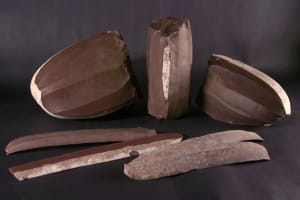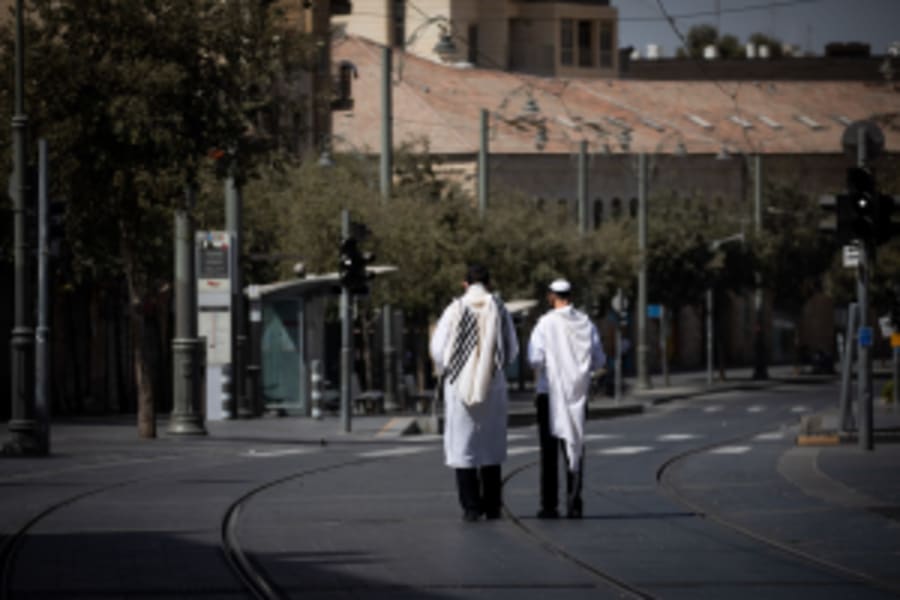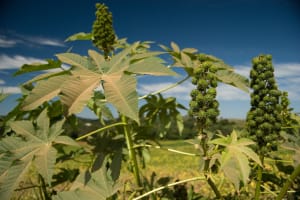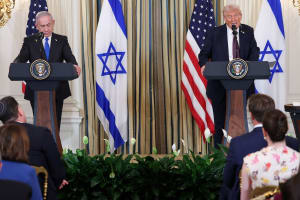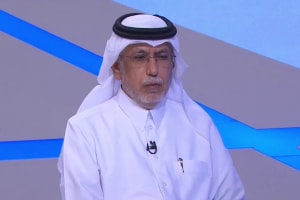Rare first century coin declaring 'For the Redemption of Zion' discovered in Jerusalem

An ancient coin from the tail end of the Second Temple era has been discovered, just as Israel prepares to commemorate the destruction of the Temple on Tisha B’Av.
Saturday night is the beginning of Tisha B’Av, the ninth day of the Jewish month of Av, known as the saddest date in the Jewish calendar. It marks the date on which both Temples were destroyed – the first burned by the Babylonians in 586 B.C., and the second by the Roman Empire in 70 A.D. Israel mourns, yet the yearning for redemption endures.
Now, the discovery of a coin carrying a message of that hope for redemption has been unveiled, dated to the year just before the destruction took place at the hands of the Romans.
In ancient Hebrew script, one side of the coin proclaims the stirring words, “For the Redemption of Zion” – a rallying cry for the Jews of Jerusalem under Roman oppression. It was found near the southwest corner of the Temple Mount in the Jerusalem Archaeological Garden.
The bronze coin, minted in Jerusalem during the fourth year of the Great Revolt against the Romans, was discovered during excavations by the Israel Antiquities Authority (IAA) together with the City of David and the Jewish Quarter Reconstruction and Development Company, and funded by the Shalem Project and the City of David Foundation.
The ongoing excavations, directed Dr. Yuval Baruch, Dr. Filip Vukosavović and Esther Rakow-Mellet of the IAA, have resulted in many extraordinary finds from the Second Temple period through to the Umayyad period in the 7th century.
IAA archaeologist, Rakow-Mellet, announced, “In the last few days an unexpected gift was discovered: Yaniv David Levy, our coin researcher, came here and to his great surprise found a coin, covered in dirt. Already then, we thought from the looks of it that it might be a rare coin. We waited anxiously for several days until it came back from cleaning, and it turned out that it was a greeting from the Jewish rebels in the Year Four of the Great Revolt.”
Yanniv David Levy, a researcher and curator in the IAA coin department explained, “The coin is made of bronze, and its state of preservation is quite good. On its obverse side you can see a model of a goblet, and around it is an inscription in ancient Hebrew script: ‘LeGe’ulat Zion,' ‘For the Redemption of Zion’. On its reverse is a lulav, a palm frond used in the Sukkot festival ritual. Next to it are two etrogs, the citron used in that same ritual. The reverse bears the inscription: ‘Year Four.’ This inscription denotes the number of years since the outbreak of the rebellion and allows us to accurately date the coin to the period between the Hebrew month of Nissan (March-April) of the year 69 C.E., and the month of Adar (February-March) of the year 70 C.E.”
According to Levy, “The ‘Year Four’ bronze coins differ from their predecessors. Their size and weight increased significantly, and the earlier rebel coin inscription, ‘For the Freedom (Herut) of Zion’, is replaced by a new inscription – ‘For the Redemption of Zion.’ In the research, it is accepted that Great Revolt Year Four coins were minted in Jerusalem under the leadership of Shimon Bar Giora, one of the prominent commanders in the revolt’s last year. Year Four coins are considered relatively rare, given the historical circumstances towards the end of the revolt and its impact on the much-reduced rebel production capabilities. Most of the Year Four coins were discovered in and around Jerusalem.”

Baruch, IAA excavation director, has been researching the site for more than 25 years. He pointed out the change in messaging from earlier years, and explained the reason for it: “The inscription on the coin – “For the Redemption of Zion,” replacing the earlier “For the Liberation of Zion” – indicates a profound change of identity and mindset, and perhaps also reflects the desperate situation of the rebel forces about six months before the fall of Jerusalem on Tisha B’Av, the 9th of the Hebrew month of Av; in August of the year 70 AD It would seem that in the rebellion’s fourth year, the mood of the rebels now besieged in Jerusalem changed from euphoria and anticipation of freedom at hand, to a dispirited mood and a yearning for redemption. It is also possible that the representatives of the ritual “Four Species’ depicted on the coin, which are symbols of the Sukkot Festival and the ritual national pilgrimage to the Temple, were intended to evoke among the rebels a sense of redemption and anticipation of a hoped-for miracle and happy times.”
“Two thousand years after the minting of this coin, we come along a few days before Tisha B’Av and find such a moving testimony to that great destruction, and I think there is nothing more symbolic,” Rakow-Mellet marveled.
Israeli Minister of Heritage Rabbi Amichai Eliyahu also expressed his wonder at the profundity of the discovery, and its extraordinary timing: “The coin that was found...truly expresses the longing throughout the generations for redemption, for revival, for a free Jerusalem. Two thousand years later, we are privileged to discover this evidence in excavations in Jerusalem; another moving testimony that our roots here run so deep, they cannot be uprooted. This is a strengthening and encouraging message to the people and to the nation of Israel, just before the national day of mourning of the 9th of Av.”
An event entitled “How the Rocks Are Broken” is held on the eve of Tisha B’Av each year at the City of David. This year, on Aug. 8, the program will include the traditional reading of the Lamentations held beside the remains of Jerusalem’s destruction described in that very text.
The coin will be displayed at the Jay and Jeanie Schottenstein National Campus for the Archaeology of Israel in Jerusalem.

Is All Israel News’ faithful reporting important to you? Be part of it—help us continue by becoming a $5/month supporting partner.
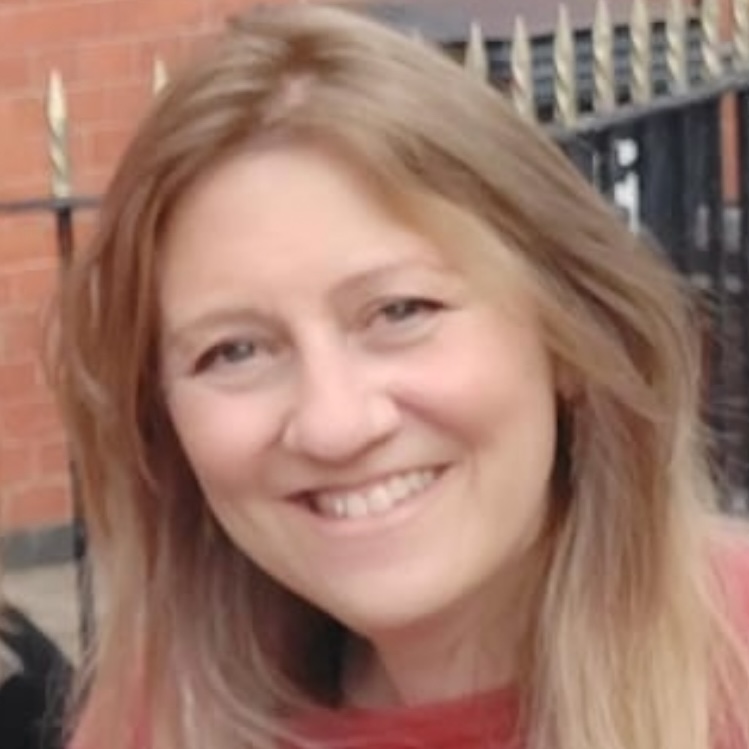
Jo Elizabeth has a great interest in politics and cultural developments, studying Social Policy for her first degree and gaining a Masters in Jewish Philosophy from Haifa University, but she loves to write about the Bible and its primary subject, the God of Israel. As a writer, Jo spends her time between the UK and Jerusalem, Israel.
You might also like to read this:



